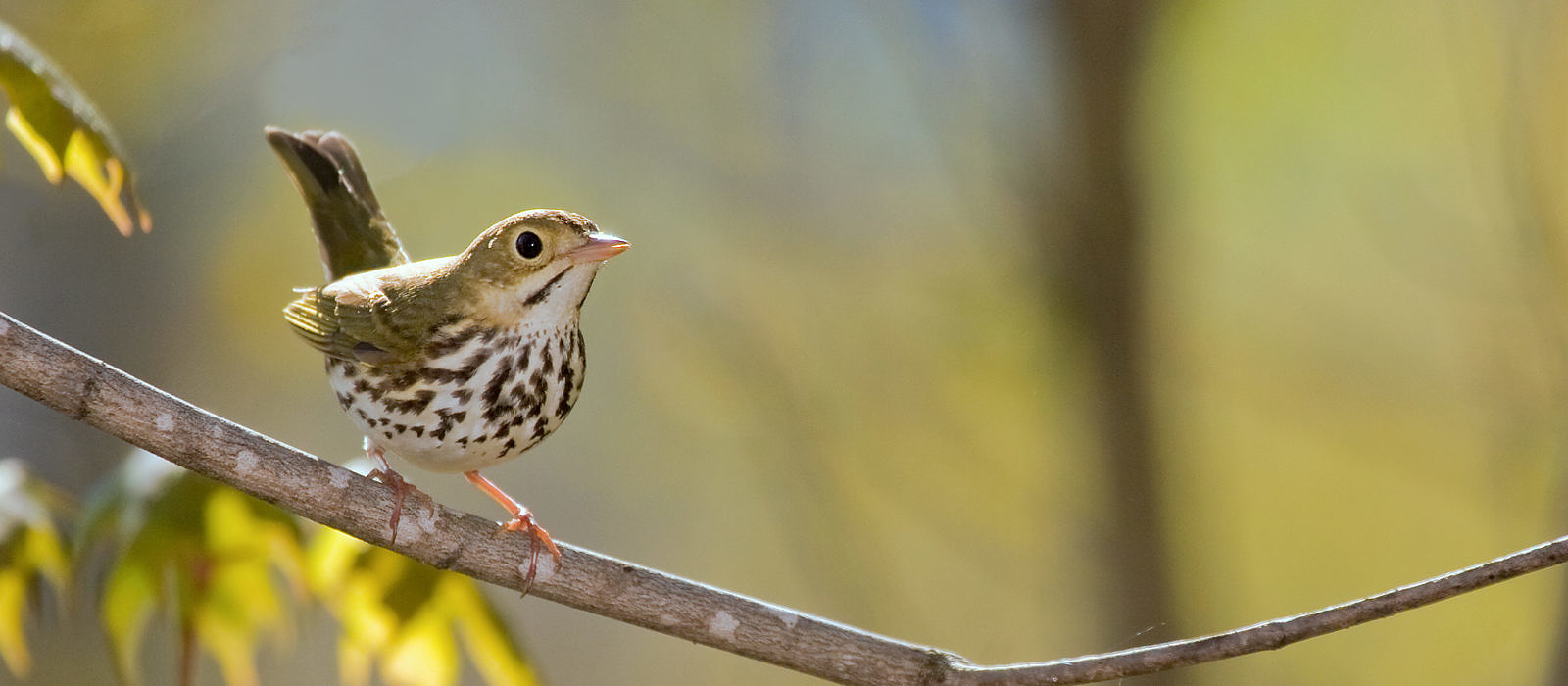
Warblers: Revealed and Redefined
Color, music, flight and grace mingle in the lives of most birds. But few birds, at least here in the North (and coming soon to your backyard), pull it off like warblers.
What’s a warbler? The standard definition is that warblers are small, vocal, colorful, migratory, insectivorous birds in the family Parulidae.
My own definition:
warbler |ˈwôrb(ə)lər| — noun. (1) A bird you must see. (2) A force of nature, like gravity or sex or chocolate, like a Schubert piano trio or shooting the moon in hearts. Once you’ve experienced warblers, you want more warblers. (3) A polytheistic religion capable of inducing transcendence and confusion among North American birdwatchers, as in: Lord God! What’s that warbler?
Across North America, we’ve got warblers brown and streaky like thrushes (including that Ovenbird above), warblers marked like zebras, warblers with hoods, warblers with caps, warblers with bibs, a warbler wearing a raccoon mask, and a warbler, the Kirtland’s Warbler, that is among the rarest nesting songbirds on the continent.
We’ve got warblers clad in crimson, flame, rust, chestnut, lemon, lime, jade, cerulean and cobalt. Those hues go well with the black, white, and/or gray base coat that most warblers display as part of their intoxicating plumage.
It’s even more intoxicating when you add song. We’ve got warblers that trill, warblers that shout, warblers that buzz, warblers that rub together only a couple of notes and warblers whose songs are so high and thin to be nearly inaudible to the human ear.
How big are warblers in the psyche of North American birdwatchers? A birder might find 100 or more species of all kinds during a busy dawn outing this time of year, but the real measure of “success” is the warbler tally. Contemptible as it may seem to keep count, 20 or more species is respectable. I’ve had a few 30-plus warbler days. And once, during a dawn rainstorm on the shores of Lake Erie in northwestern Ohio, which produced an epic fallout of migrants, I encountered 20 warbler species in my first 20 minutes of birding, which may be my greatest listing feat in nearly four decades of chasing birds.
The western U.S. may have more than a dozen hummingbird species to our one here in the East, but don’t mess with us on warblers. North America has 56 or so warbler species (not including the extinct Bachman’s Warbler), two-thirds of which can be found only in the northeastern quarter of the U.S., many of them exclusive to the temperate forests and points north.
Coming soon, around us, among us, they will be migrating through most any habitat, even our cities. Some will stop to nest — from the canopy tops to the bog mats, exploiting our grand flourish of insects, stuffing little flies and inchworm caterpillars into the gaping beaks of their nestlings. Here in northern New England, during the peak of spring migration, warbler diversity is highest during mid to late May.
And now, in early May 2020, a few warblers have begun to show up here in Vermont: Yellow-rumped, Louisiana Waterthrush, Palm Warbler among them, the parade will get rolling with south winds over the next several days. It’s nice when the warblers show up before the leaves break out bigtime.
So stuff a field guide into your pocket and grab the binoculars. You now have yet another reason to visit woodlands and wetlands. In all their Technicolor, the warblers summon you to one of nature’s most shocking, compelling displays of life.
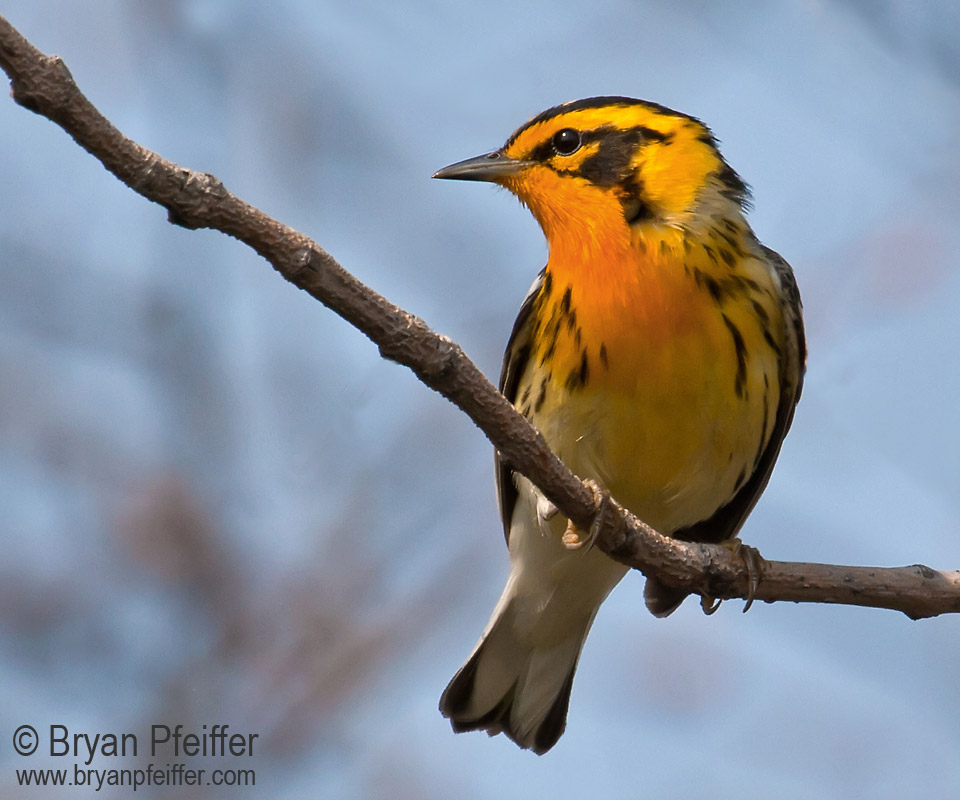
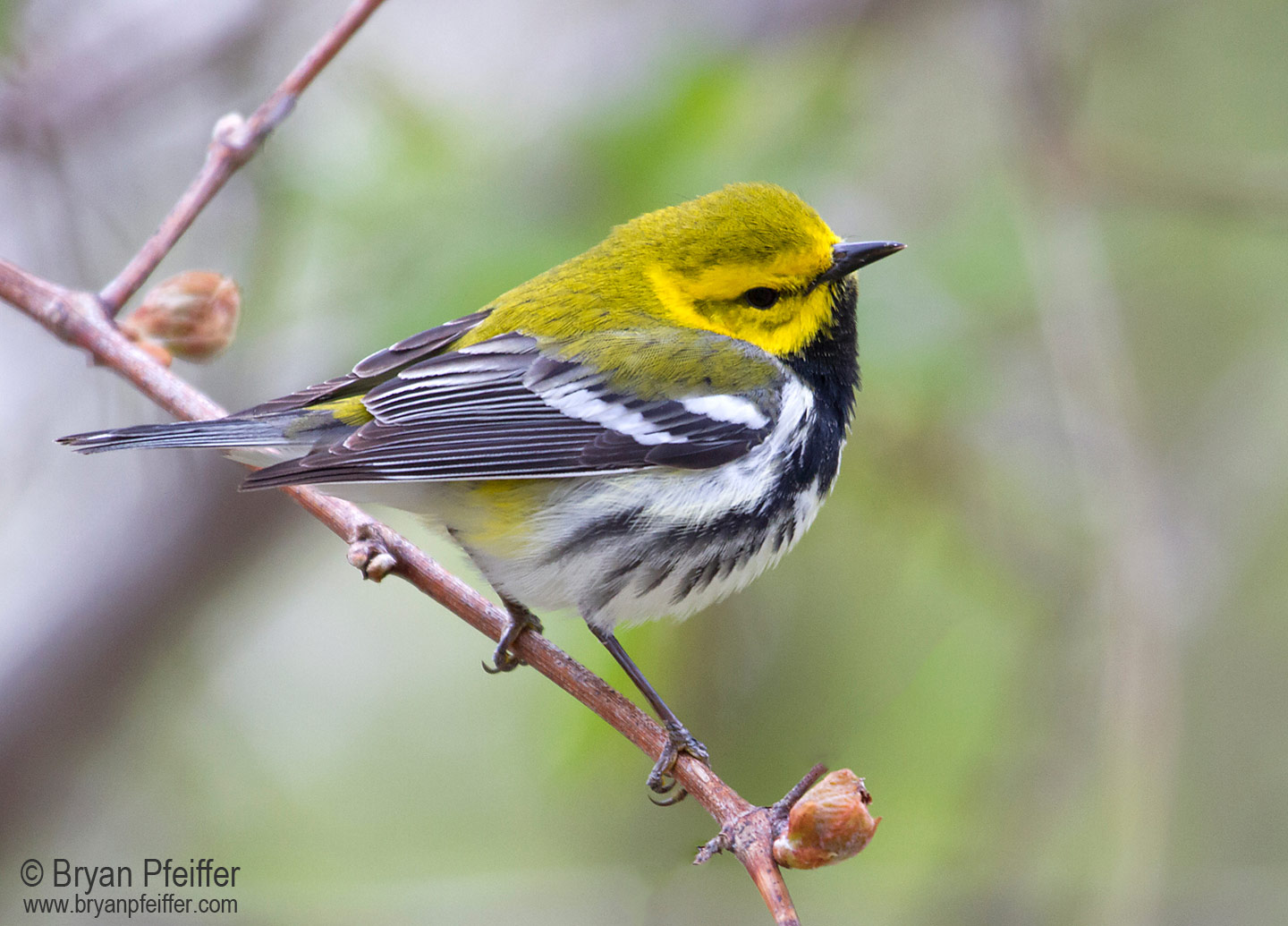
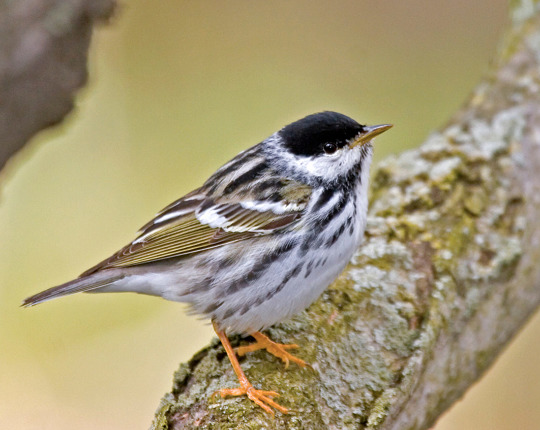
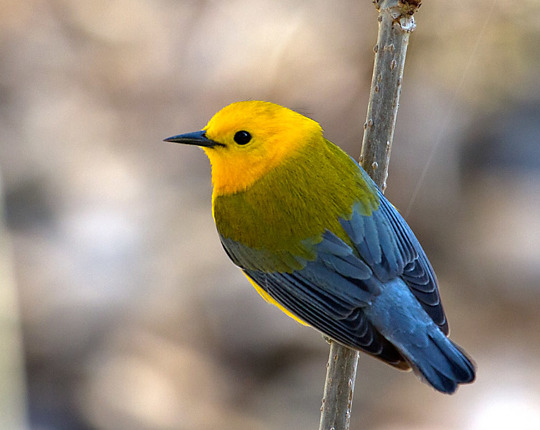
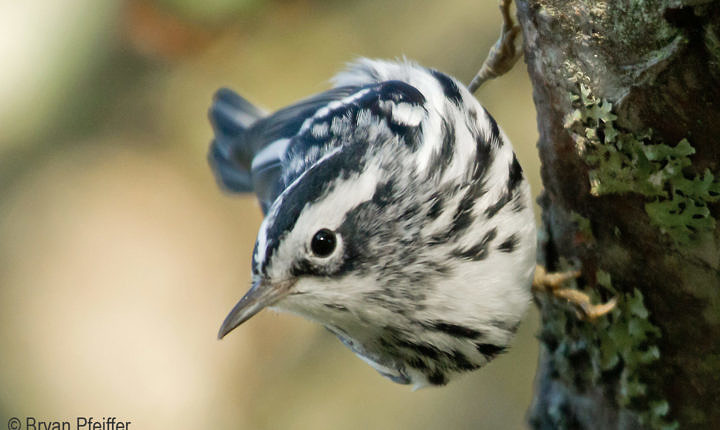
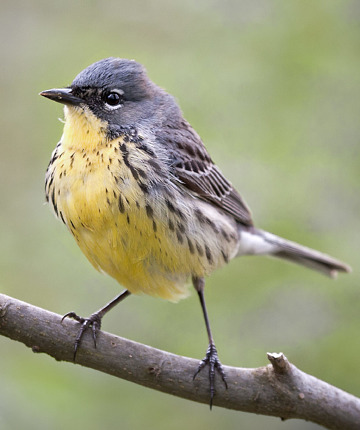

Thank you, Bryan for your awesome photos! We just came upon our first black and white warbler! We came up to the edge of our thicket here in New Hampshire and there was several flitting about over the brook.
Aw, shucks. Thanks so much, Stevie!
Your writing delights. I often pause…then read on. Thanks, Bryan.
Yes, yes, yes….thanks for putting in writing what I feel…
Just lovely.
I love your emails Bryan. Thank you so much.
We are heading your way Friday for a few days of warbler hunting.
Fingers crossed for decent weather.